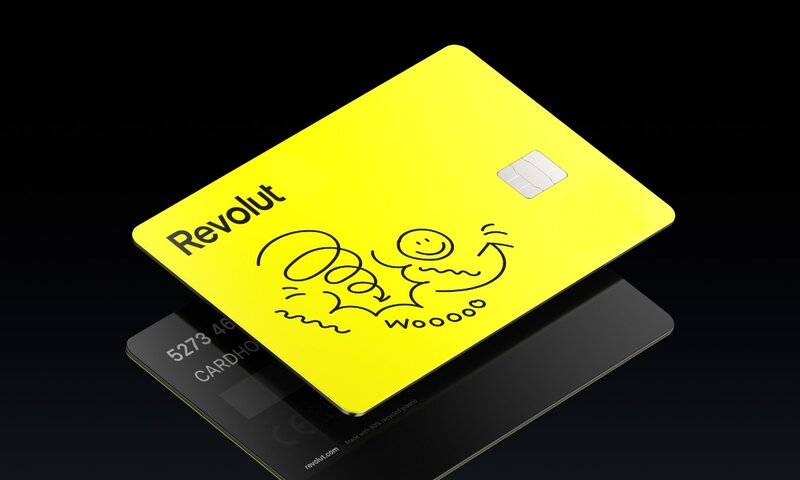Whether it’s a holiday, a renovation or a boat, sometimes there are things we want to pay for but just don’t have the financial means to do so.
You could patiently save up for those expenses, or you could take out a personal loan.
What is a personal loan?
A personal loan is a financial product where you borrow money from a lender or financial institution, and make regular repayments with interest over the loan term (usually seven years).
While personal loans are a less flexible form of credit than a credit card and don’t offer the same benefits, the interest rates on personal loans are generally far lower than those on credit cards.
Most people use personal loans to pay for things like a holiday, wedding, home renovations or for consolidating credit card debt.
Types of personal loans
There are two main types of personal loans: secured and unsecured.
Secured
A secured personal loan is where you use an asset (like a car) to be used by the lender as security against the debt. If you’re unable to repay the loan, the lender can sell the asset to recoup your debt.
A secured car loan is like a secured personal loan except the loan is only used to purchase a car. You can generally use a secured personal loan to purchase almost anything like a holiday, wedding, engagement ring, home renovations and so forth, as long as the value of the asset is equal to or greater than the value of the loan.
A car isn’t the only thing that can be used as security; other assets that can be used include equity in your home, term deposits, or even expensive items like jewellery or artwork however this may vary from lender to lender.
Secured personal loans generally offer lower interest rates than unsecured personal loans because they’re less risky for the lender due to the asset being used to secure the debt.
Unsecured
As the name suggests, unsecured personal loans allow you to borrow money without being required to put up an asset as security for the loan. Because of this, interest rates on unsecured loans are generally higher than they are on secured loans because the lender is taking on a greater risk by not having an asset to fall back on if you’re unable to repay the loan. But that doesn’t mean you can just get off scot-free if you can’t afford to repay the loan: the lender can still take legal action against you if that happens.
Unsecured personal loans allow you to borrow money for any legitimate purpose, whether that be for a wedding, an engagement ring, a car, a holiday, home renovations, funeral expenses, an unexpected bill and so on.
Because you’re not offering up an asset as security for the loan, the lender may ask what you’re using the unsecured personal loan for, which may form part of their decision to lend to you. You may also be asked to give evidence that you can afford to repay the loan by providing the lender with recent bank statements and proof of employment. Borrowers with bad credit scores will potentially be made to pay a higher rate of interest than borrowers with good credit scores. All of this is done to protect the lender.
You can generally borrow up to $50,000 for an unsecured personal loan though there are some lenders who may allow you to borrow up to $100,000.
How to compare personal loans
Not all personal loans are created equally. Here are a few things to look out for when comparing personal loans.
Fees
Most personal loans charge an application and ongoing fee, and some are a bit sneaky and will even charge you a fee for getting on top of your debt and making extra repayments. Break costs and missed payment fees may also apply.
Before taking out a personal loan, make sure you understand what fees the lender will charge. Get a full list of the fees that apply: you can find out what fees will be charged by reading the product disclosure statement (PDS). Fees for secured personal loans are often lower than fees for unsecured loans because of the reduced risk to the lender.
Interest rate
You’ll find that interest rates on personal loans are either variable or fixed.
Variable interest rates can be raised or lowered by the lender at any time over the course of the loan term. Choosing to go with a variable rate means that you may not have the repayment certainty that a fixed rate provides.
On the other hand, fixed interest rates are exactly that: fixed, which means you know the rate (and your repayment amount) will stay the same for the duration of your loan which can be great if you’re trying to budget. While locking in a fixed rate means you know your rate isn’t going to go up, it does mean you potentially miss out on an even lower interest rate if your lender decides to reduce rates. As you can see, the decision to go with a variable or fixed rate can be a bit of a gamble.
Secured personal loans generally have lower interest rates than unsecured personal loans, though the interest rate you are charged can depend on your credit rating. Borrowers with bad credit ratings may have to pay a higher rate of interest than borrowers with good credit scores.
Don’t forget to look at the comparison rate when comparing personal loans as this is the true cost of the loan which includes fees.
Extra repayments
Most variable rate personal loans allow you to make extra repayments and some fixed rate loans will also allow this, but there may be a limit on the amount that can be repaid early. You may also be charged early repayment fees and an early exit fee for repaying the loan earlier than the initial loan term.
Look for a loan that allows you to make extra repayments without incurring an early repayment fee if possible and ask the lender what their repayment flexibility is like.
Savings.com.au two cents
As with any type of loan, it’s important to do your research and compare your options. Before taking out a personal loan, look for a competitive interest rate with low fees. You should also consider a personal loan that allows fee-free early repayments so you can get on top of your debt faster without being penalised for doing so.
While you should definitely compare and shop around, be careful not to apply for too many loans as this can hurt your credit score.
Photo by Sincerely Media on Unsplash



 Harrison Astbury
Harrison Astbury
 Harry O'Sullivan
Harry O'Sullivan